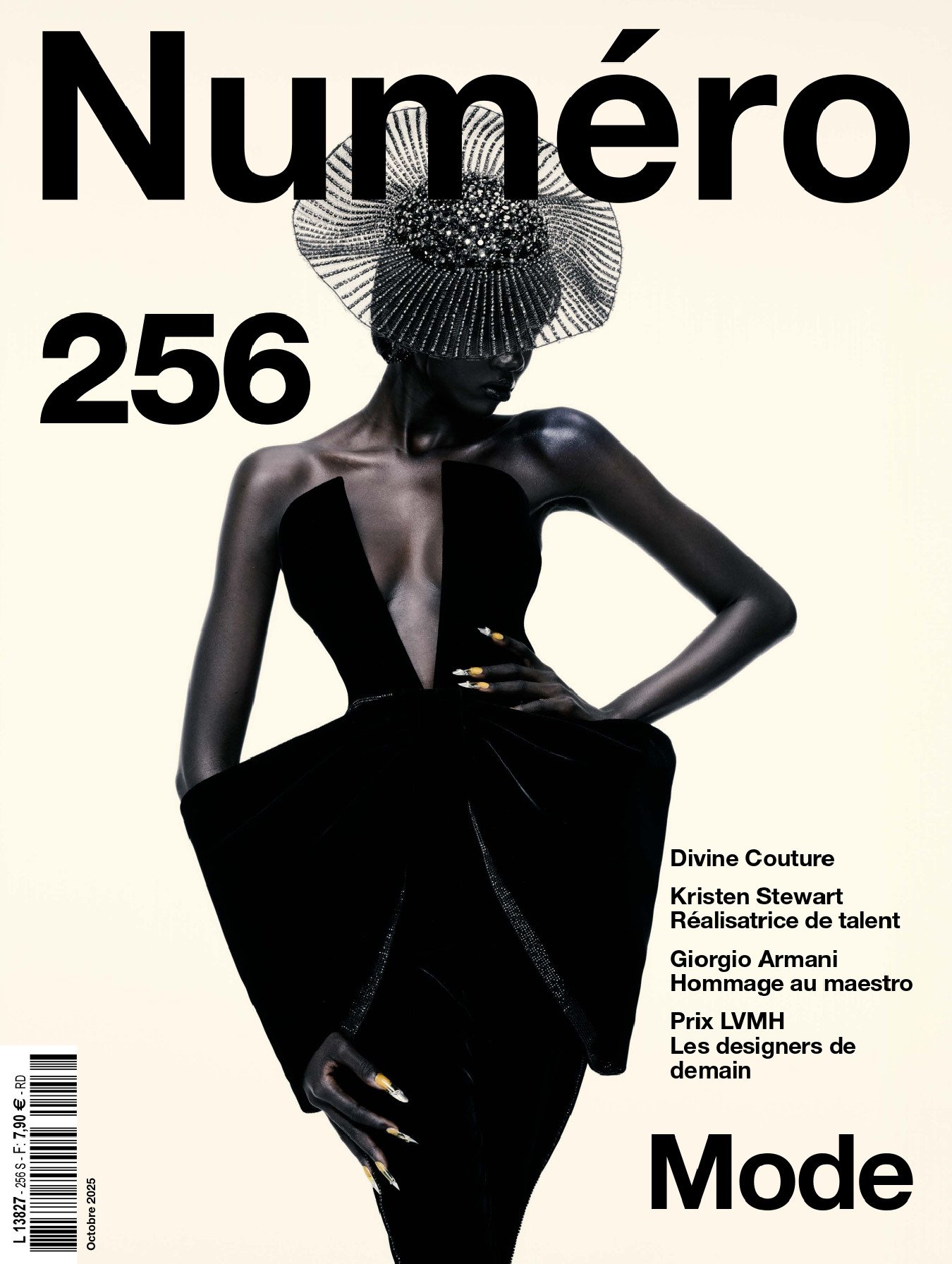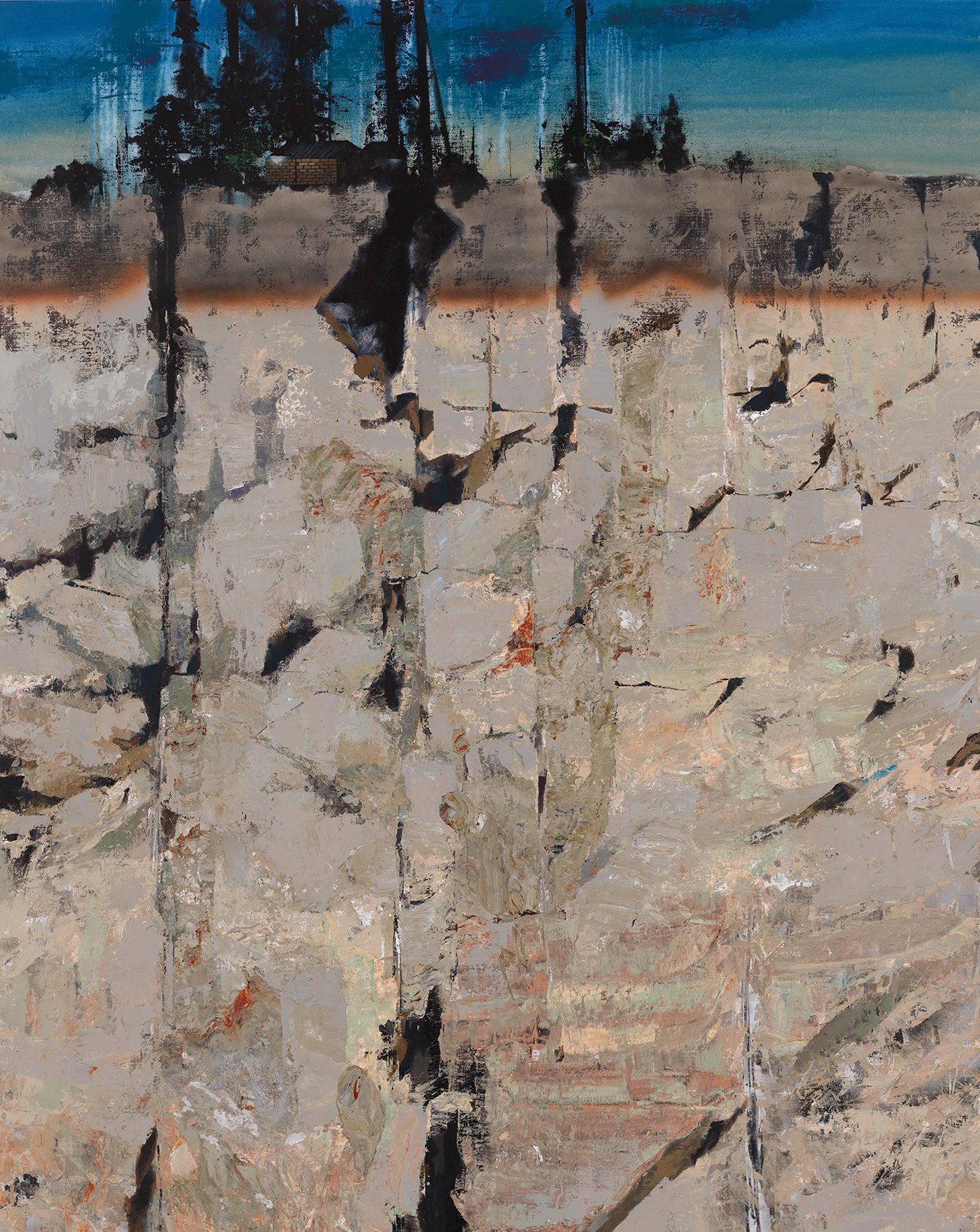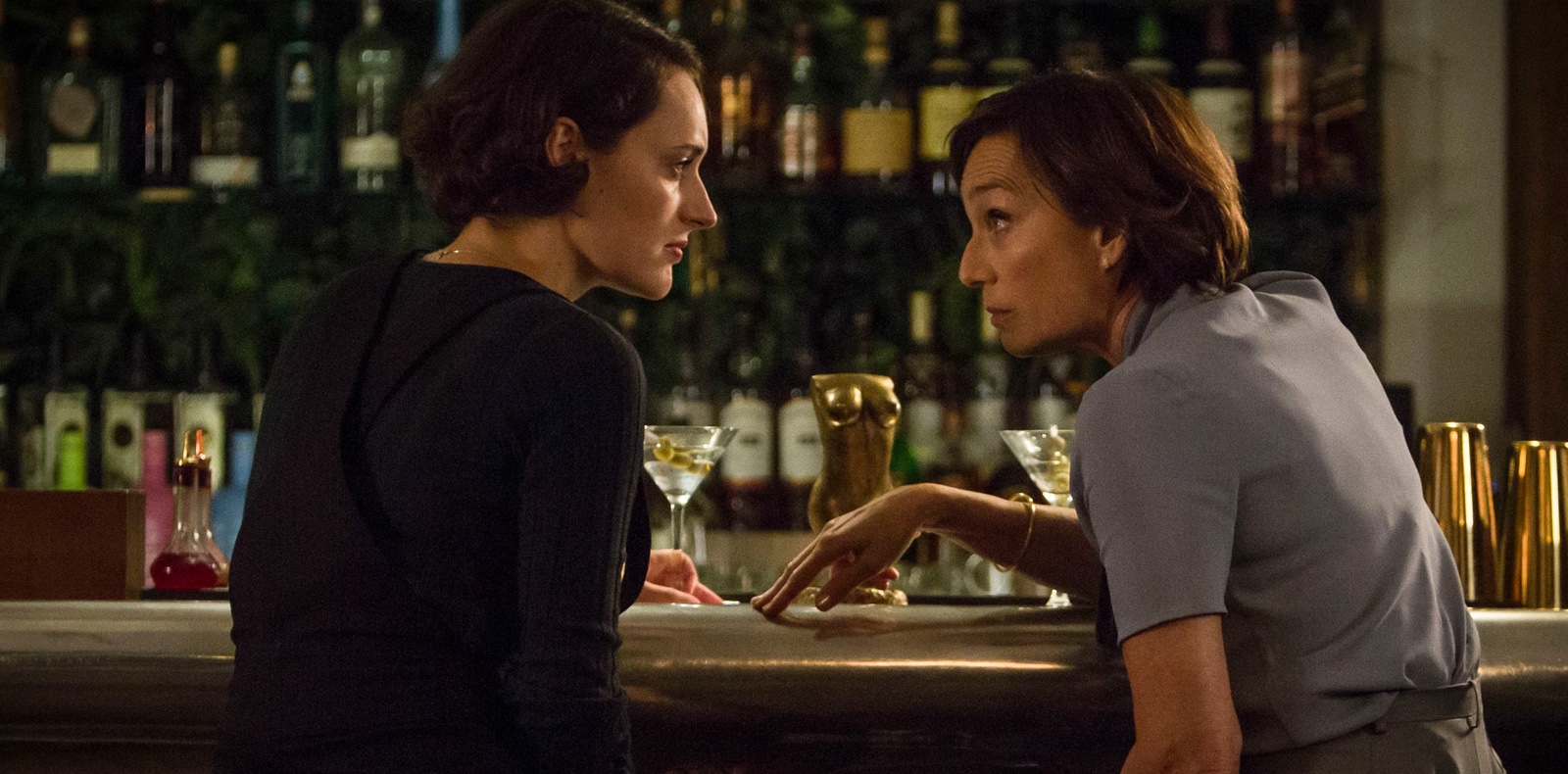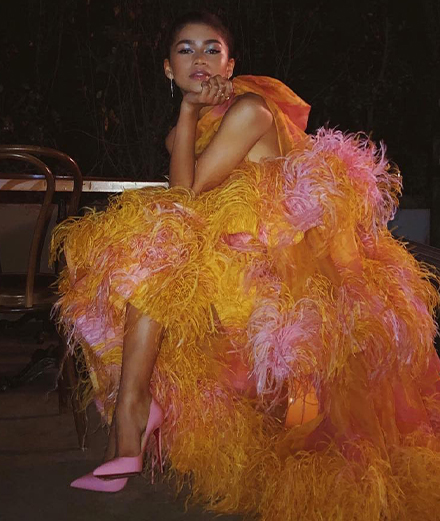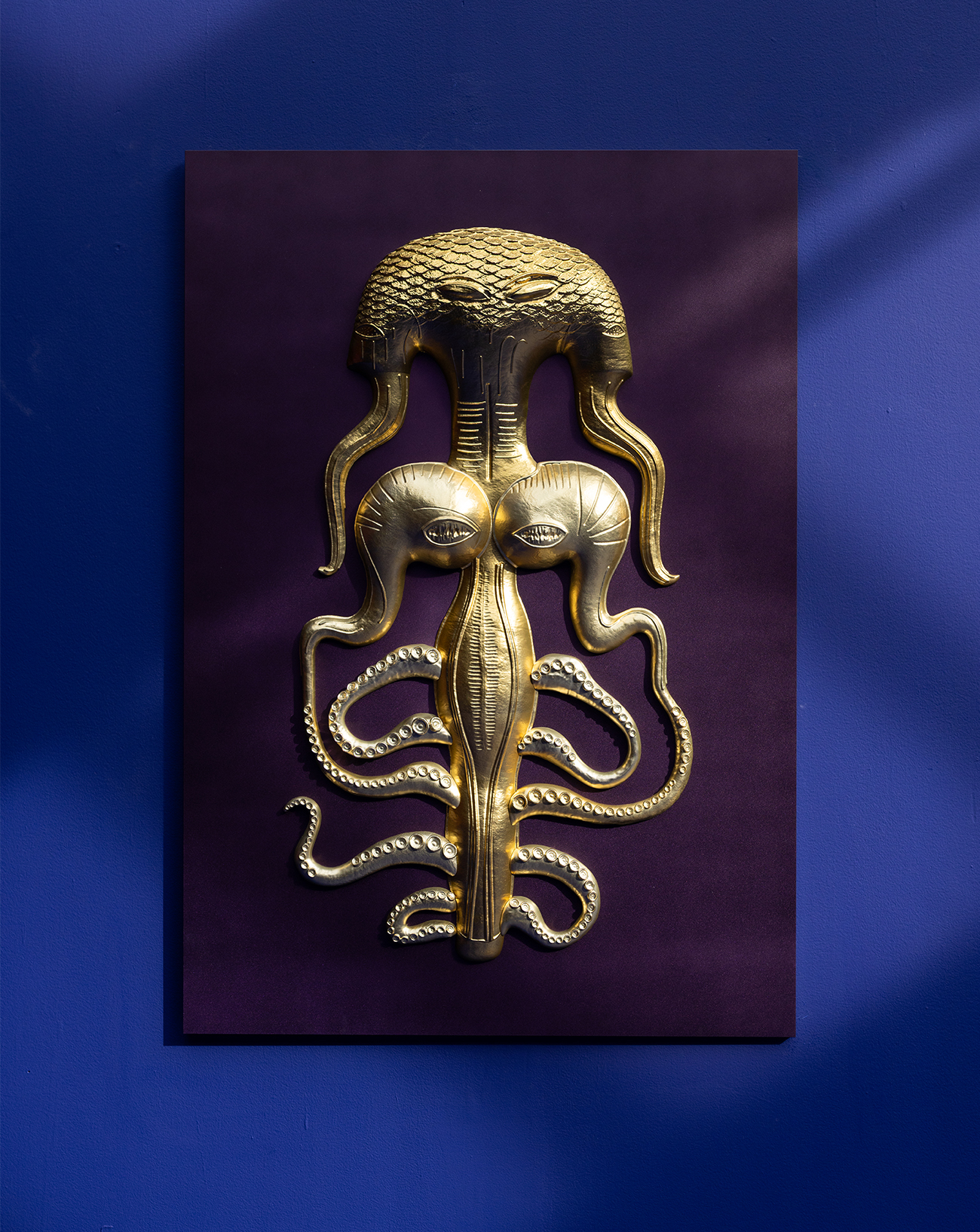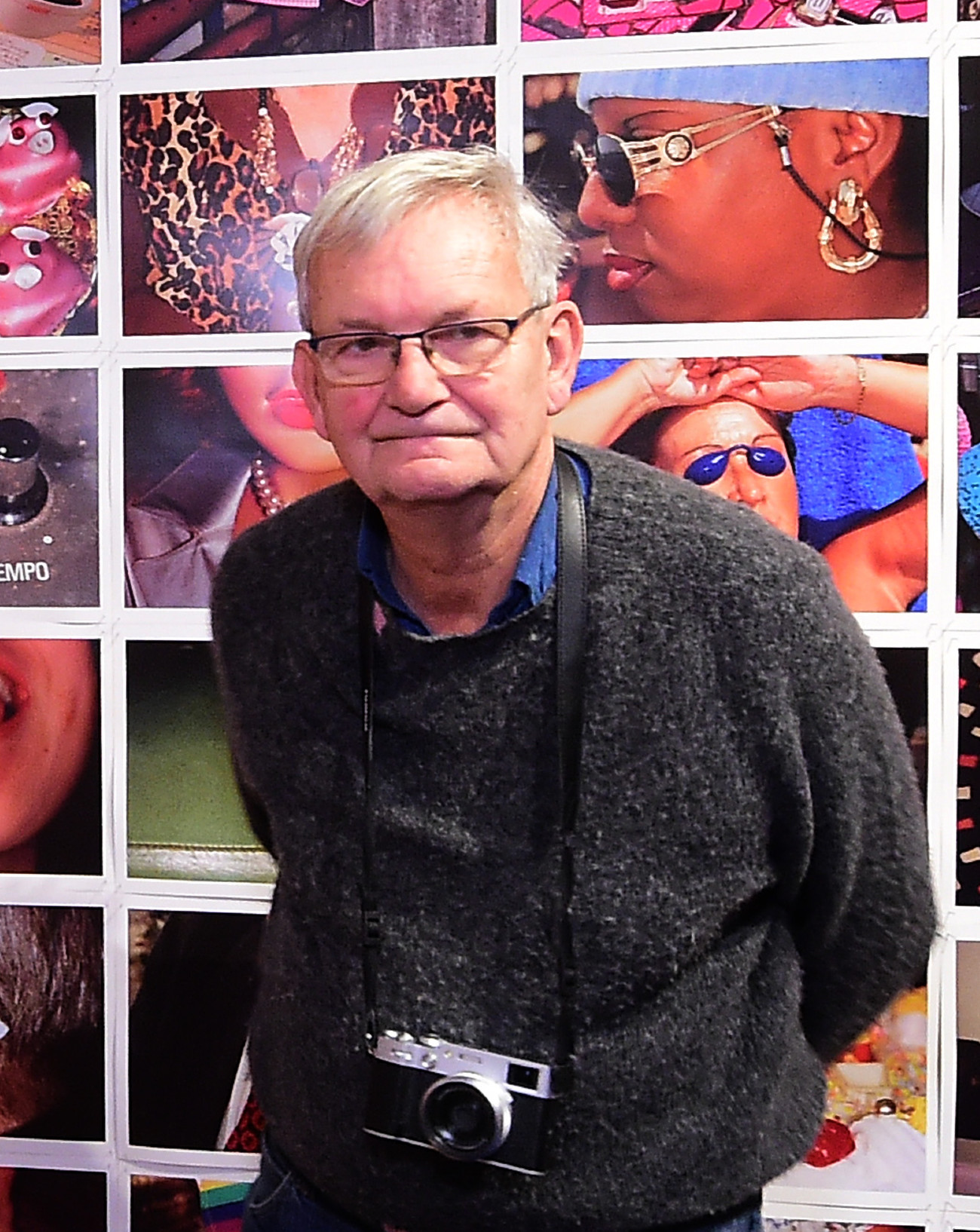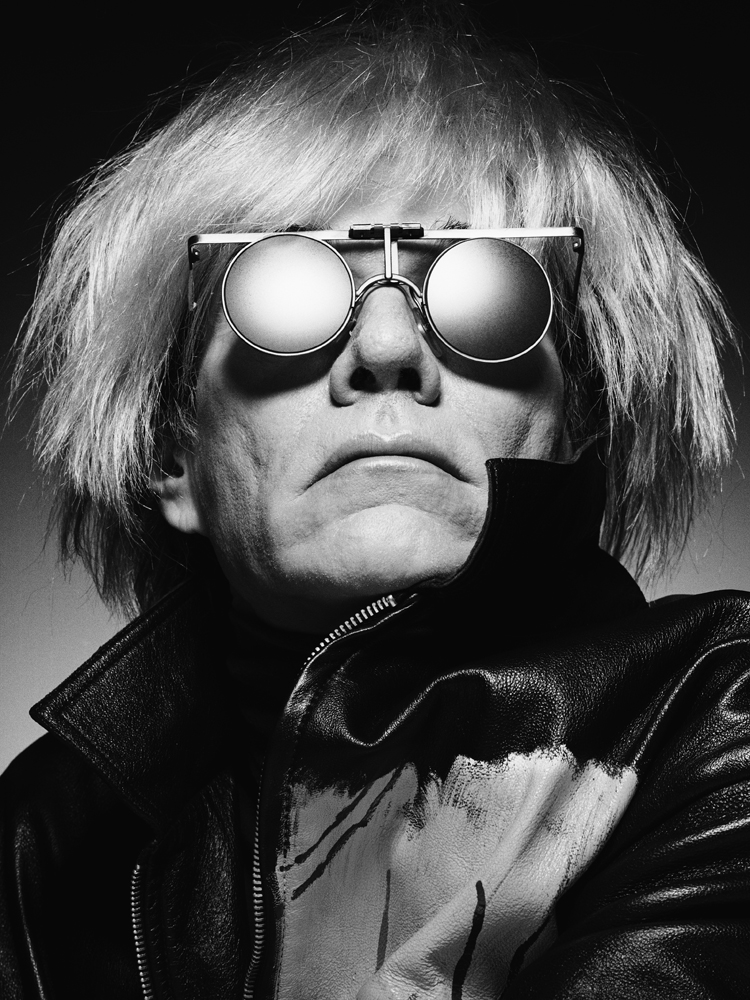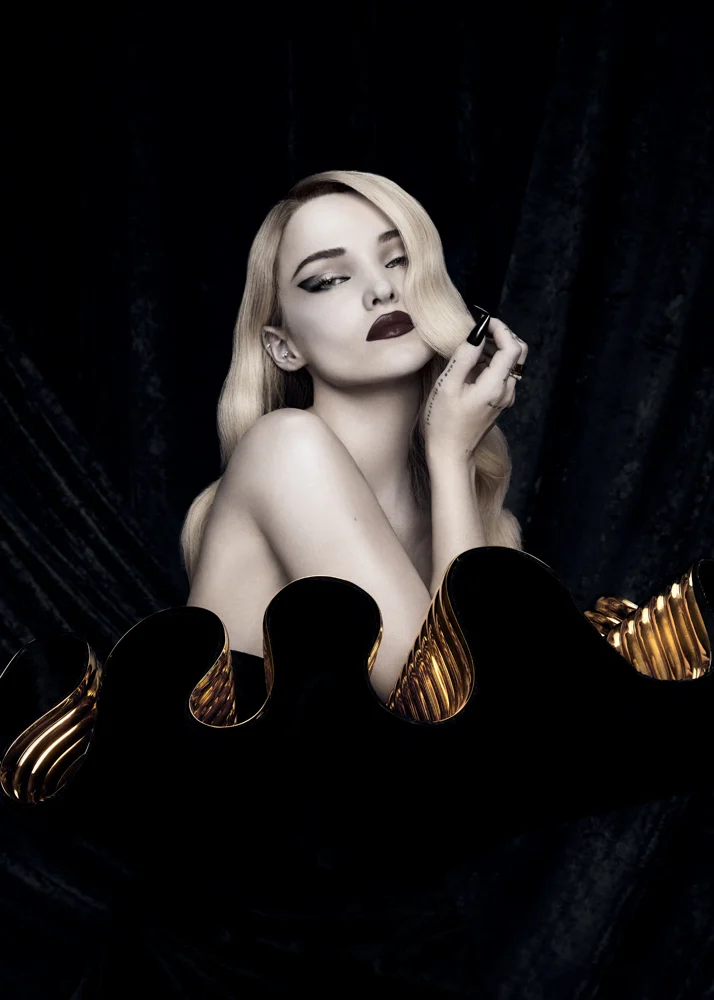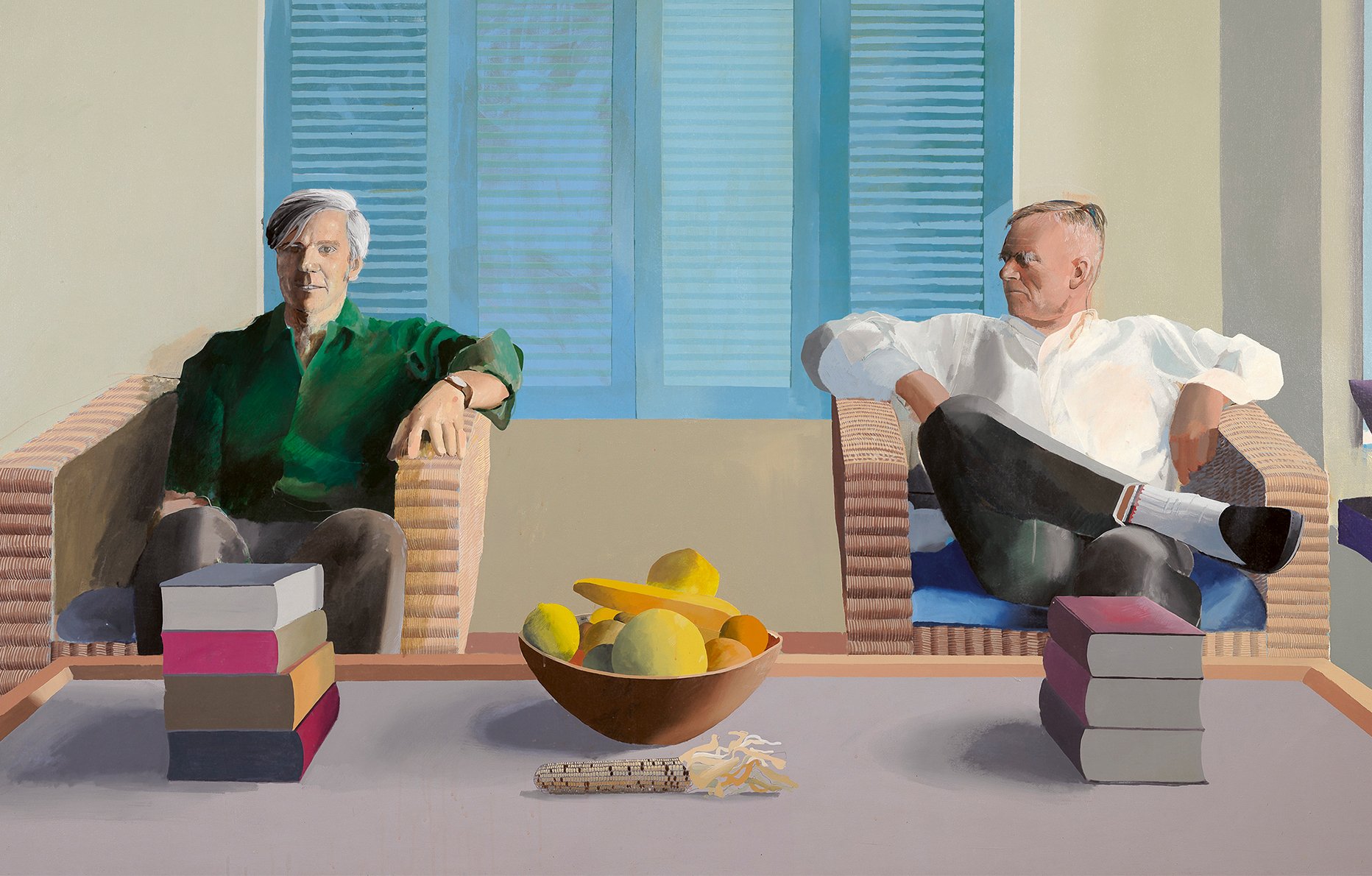
17
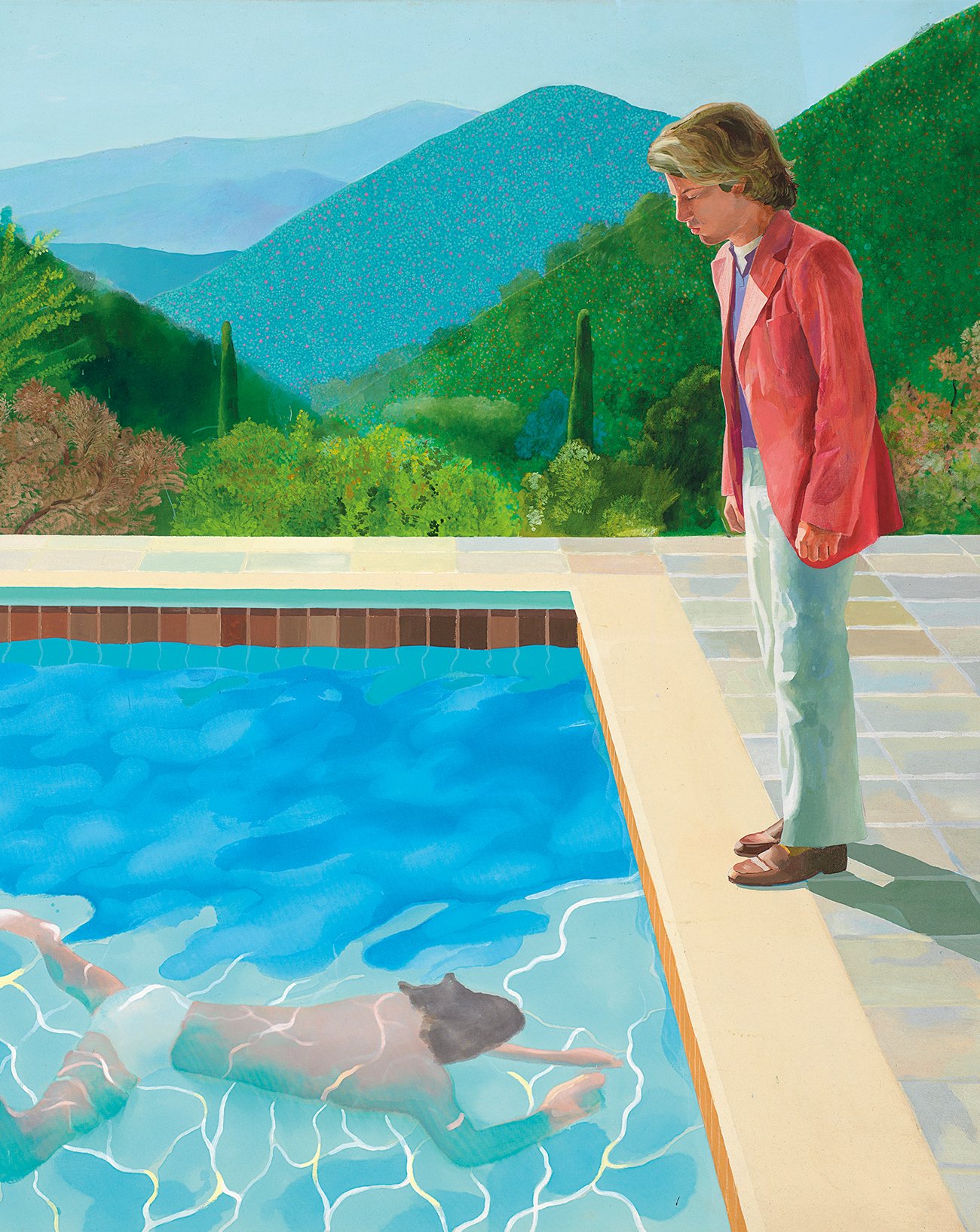
17
David Hockney: what to expect from his grand retrospective at the Fondation Louis Vuitton
One of the world’s most famous and highest-valued painters, David Hockney opened a major retrospective last week at the Fondation Louis Vuitton. Over 400 works are spread across the museum’s eleven galleries, including historical masterpieces and many recent canvases, charting the evolution of his portrait and landscape painting.
by Éric Troncy.
Published on 17 April 2025. Updated on 22 October 2025.
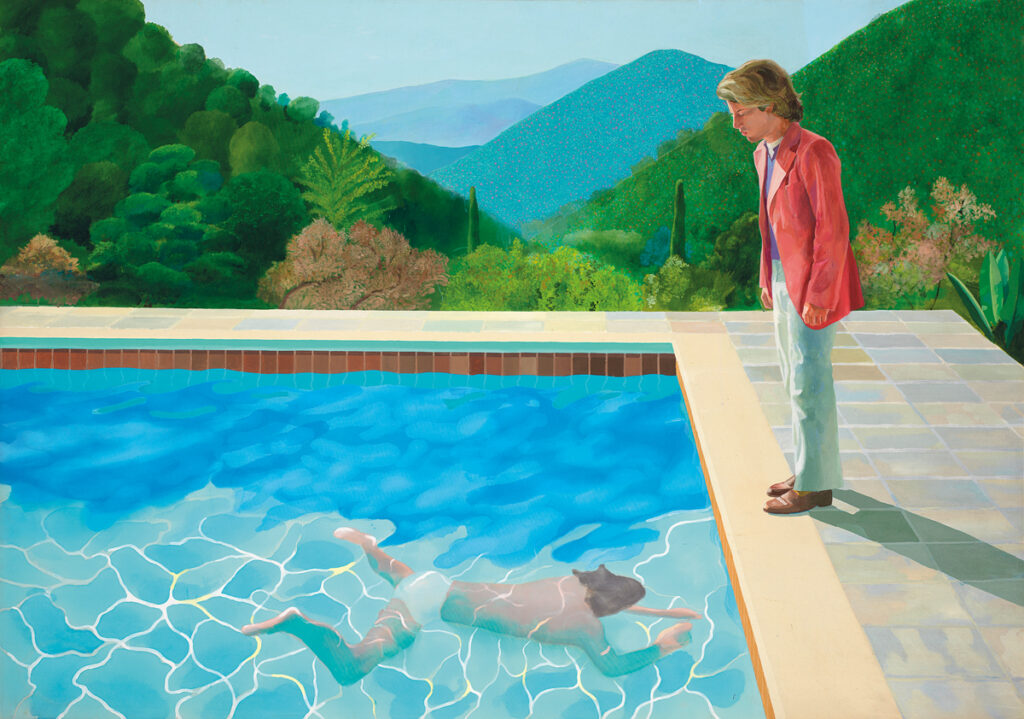
David Hockney at the Fondation Vuitton: a tribute to spring
Reading Do Remember They Can’t Cancel the Spring, the subtitle of the exhibition “David Hockney 25” at the Fondation Louis Vuitton, I wondered what it could mean. As I tried to trace its origins, I recalled a 2020 iPad drawing (during Covid, as they say) bearing that very title. It had been sent by Hockney to a friend—one of many such iPad drawings from that period. The following year, the delightful book Spring Cannot Be Canceled – David Hockney in Normandy, co-authored with Martin Gayford, was published. It compiled conversations, correspondence, and previously unseen works.
I concluded that, yes, spring is the star of the subtitle, but the word “cancel” matters too. It unmistakably nods to cancel culture, which Hockney doesn’t seem fond of—any more than anything else that might curb what he sees as life’s cardinal virtue: freedom. At least they can’t “cancel” spring.
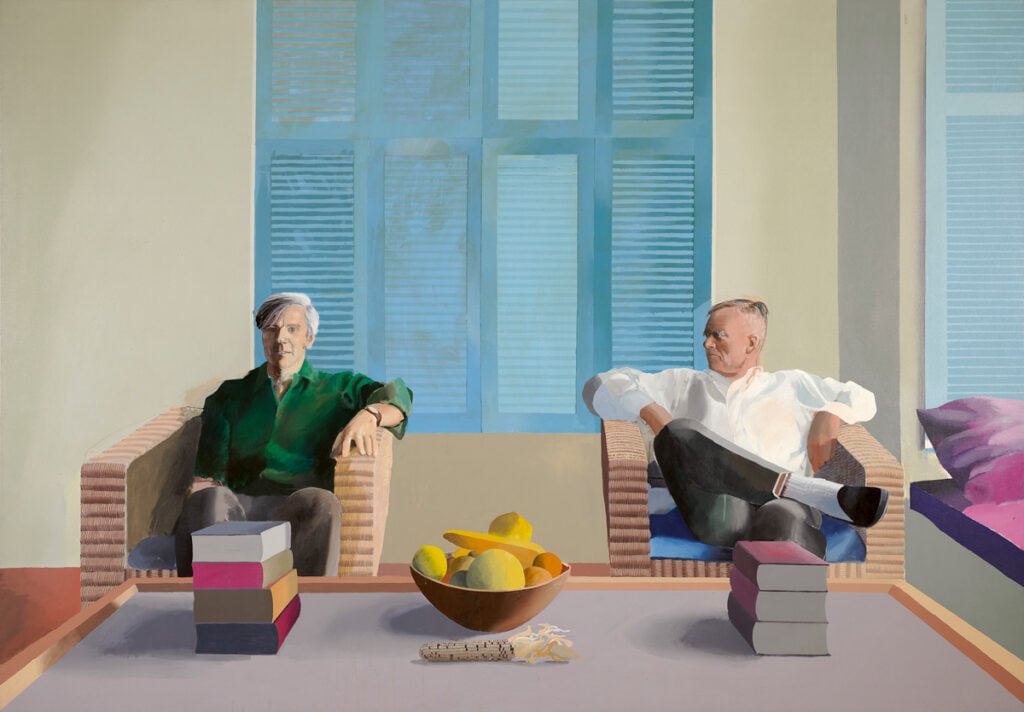
David Hockney, Christopher Isherwood and Don Bachardy (1968). Acrylic on canvas, 212.09 x 303.53 cm. © David Hockney. Photo: Fabrice Gibert.
In 2009, the artist told Paradis magazine that his three chief interests were “photography, perspective, and tobacco.” He chose to settle in France because, at least at the time, the country was more tolerant toward smokers. “I still smoke, and France is much more welcoming to smokers!” he said to Paris Match in 2020. And indeed he does: “I’ve been smoking for seventy years. I started at 16, I’m now 86 and I’m doing quite well, thank you. I love tobacco and I’ll keep smoking until I drop. Like trees, we’re all different, and I’m absolutely sure I’ll die—whether it’s tobacco-related or not,” he told The Times last year.
The backlash was swift when the Paris Métro banned the exhibition’s poster. The reason? The artwork—Play Within a Play Within a Play and Me with a Cigarette—featured a… cigarette! Not even a painted one, but a photographed cigarette within the artwork. “The authoritarianism of those who govern our lives knows no bounds. Hearing a subway lawyer ban an image is bad enough, but distinguishing between a photo and a painting within that image is sheer madness,” Hockney told The Independent.
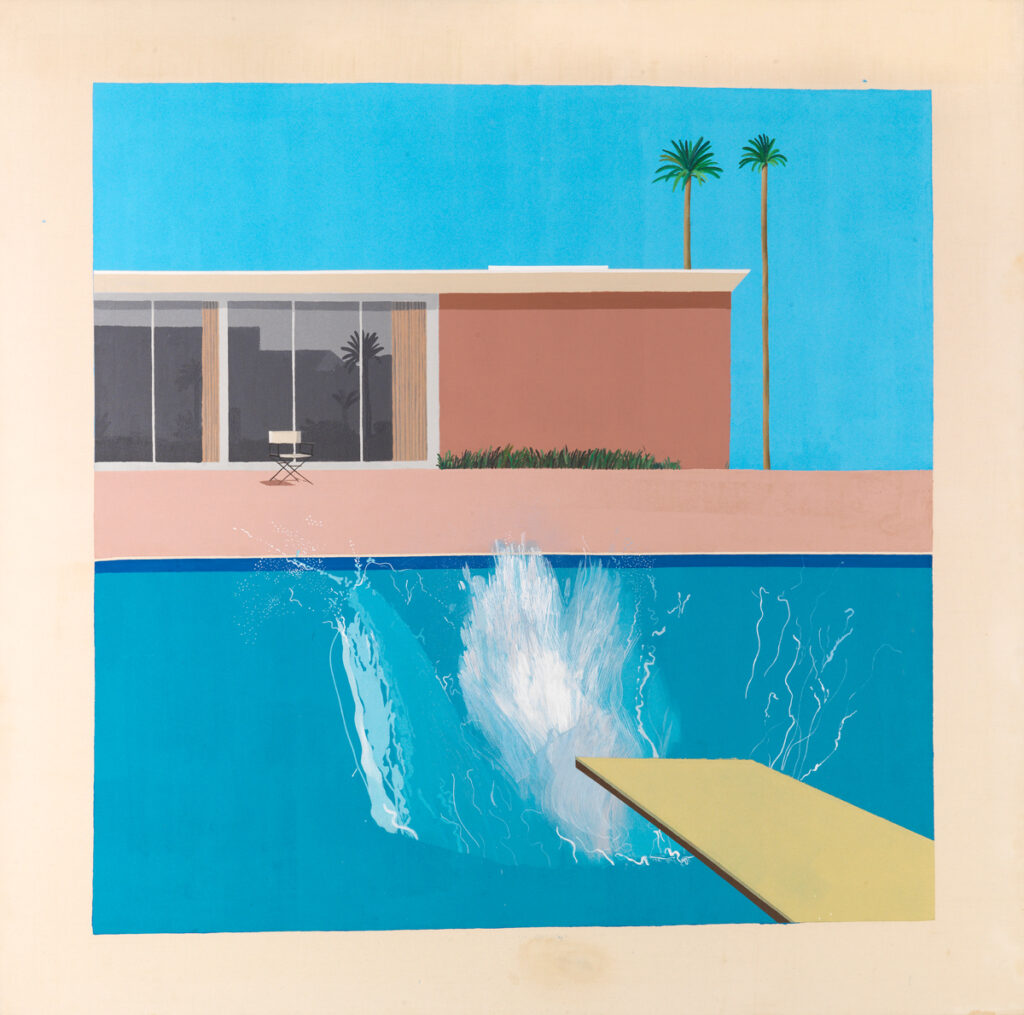
David Hockney, A Bigger Splash (1967). Acrylic on canvas, 242.5 x 243.9 x 3 cm. © David Hockney. Tate, U.K.
A monumental exhibition of over 400 Works
“This censorship is incomprehensible,” said Norman Rosenthal, curator of the Paris exhibition and other iconic exhibitions ( A New Spirit in Painting (1981), Sensation (1997)…) and former ICA and Royal Academy heavyweight. “Paris is a city of liberty and revolution deeply rooted in its history—this contradicts that entirely.”
Along with Suzanne Pagé—and even Hockney himself—they curated an exhibition with few limits, spread across the Fondation’s eleven galleries. It pays homage to the artist’s credo: “making pictures is a better pleasure than sex and drugs.” It includes more than 400 works spanning Hockney’s career, and the first thing that strikes the viewer is the joyful layout—even the vividly colored walls that host the masterpieces.
“I hate white walls behind paintings, they make you see the edges too much. When I helped hang the Summer Exhibition at the Royal Academy, the first thing I said was: ‘Don’t paint the walls white!’” This was a major issue with the Pompidou’s version of Hockney’s retrospective in 2017, which marked his 80th birthday. Unlike the pastel-hued Tate version evoking California light, the Pompidou’s white-walled version felt austere and unnecessarily conventional.

David Hockney, Bigger Trees near Warter or/ou Peinture sur le Motif pour le Nouvel Age Post-Photographique (2007). Oil on 50 canvases, 457.2 x 1219.2 cm. © David Hockney. Photo: Prudence Cuming Associates. Tate, U.K.
From California to Normandy: a landscape obsession
Hockney has had near-annual exhibitions in France: Normandism at the Beaux-Arts museum in Rouen (2024), A Year in Normandy at the Orangerie museum (2021), or the David Hockney exhibition at the Granet Museum in Aix (2023). This Fondation show stands out by focusing on the last 25 years—the 21st century. Since painting again in 1962, Hockney has delved deeply into landscape, from the Yorkshire countryside (since 2005) to Normandy (since 2019), after leaving California.
His landscape work, informed by Claude Monet’s The Four Trees (1891), uses tree trunks and branches as compositional devices for perspective, with flowers and buds offering rhythm and color. Paths, tunnels, and roads—everything in Hockney’s landscapes feels deliberately structured. As Suzanne Pagé notes in the exhibition catalogue: “Hockney has an extraordinary talent for capturing what he sees and inventing the right visual solution.”
Sometimes this means abandoning rectangles for hexagons or elaborate multi-panel formats like Tall Dutch Trees After Hobbema (Useful Knowledge) (2017), a six-part homage to the 17th-century Dutch master Meindert Hobbema.
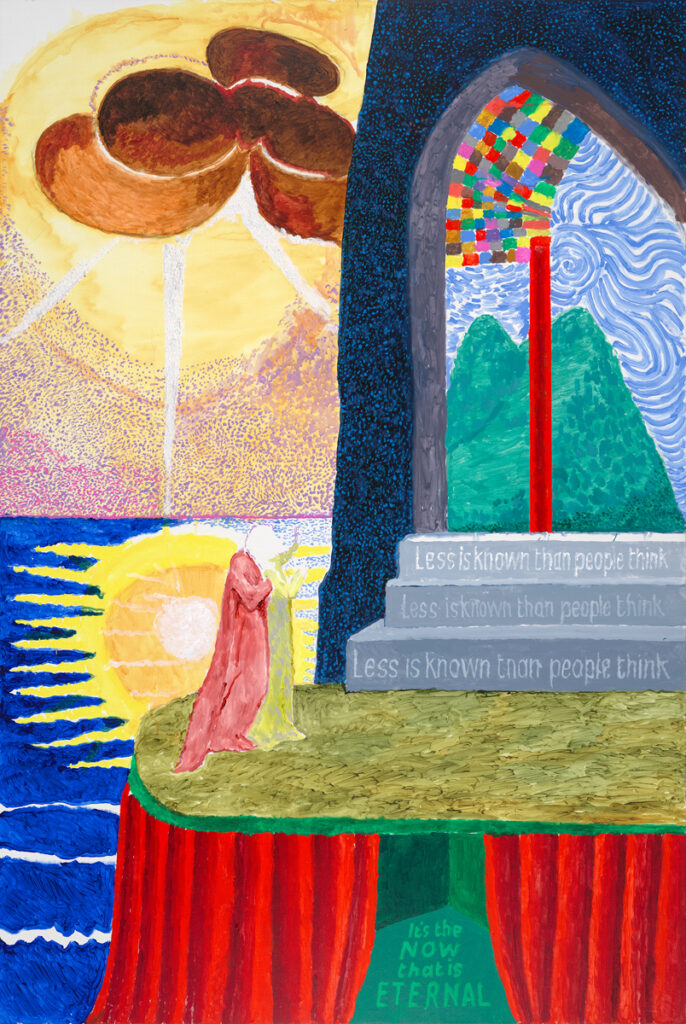
David Hockney, After Blake: Less is Known than People Think (2024). Acrylic on canvas. © David Hockney. Photo: Jonathan Wilkinson.
Impressive canvases and numerous masterpieces
“For 25 years, I never saw spring or summer in California—it was always the same weather,” says David Hockney, whose return to Europe gave him new seasons to paint. His Bigger Trees Near Warter quartet (2008)—Summer, Spring, Winter, and Fall—shows the same view in four seasonal states. Each one can be read as abstract or figurative, with Hockney effortlessly blending both.
It takes guts to stand before the stunning Bigger Trees Near Warter or Painting from Life for the New Post-Photographic Age (2007), over 12 meters long and 4.6 meters high, composed of 50 canvases with multiple perspectives that seem to swallow the viewer whole. These European landscapes are juxtaposed with his American ones, and the palette variations are immediately apparent: no blue or pink period, just a vivid response to the sun and its natural effects.
The exhibition begins with his masterpieces from 1962 to 1980—A Bigger Splash (1967), Portrait of an Artist (Pool with Two Figures) (1972), and even the first portrait he ever painted, of his father in 1955. It’s a truly exceptional exhibition, imbued with freedom and generosity—of the 400 works, there’s hardly one that feels superfluous. It’s a celebration of a magnificent way of being in the world. Hockney reminds us: “Death awaits us all—even if you don’t smoke.”
“David Hockney 25” is on view until August 31, 2025 at the Fondation Louis Vuitton, Paris 16th.
